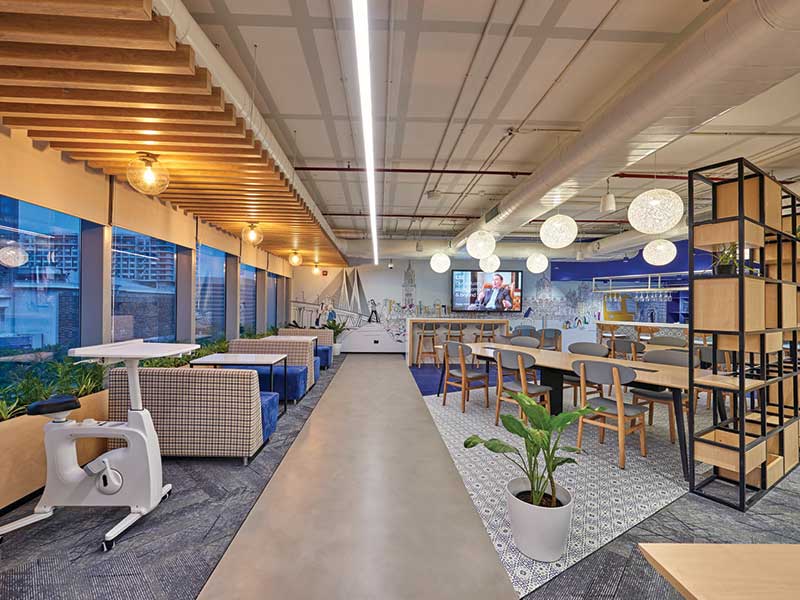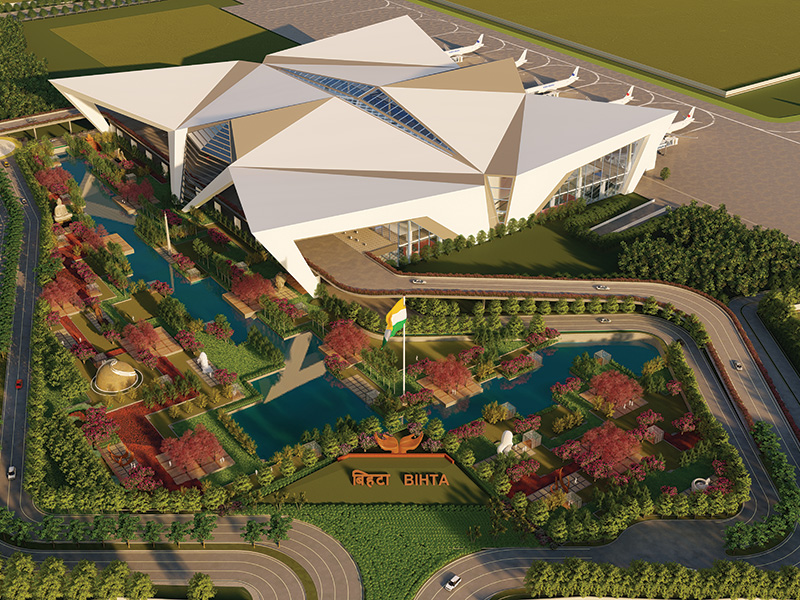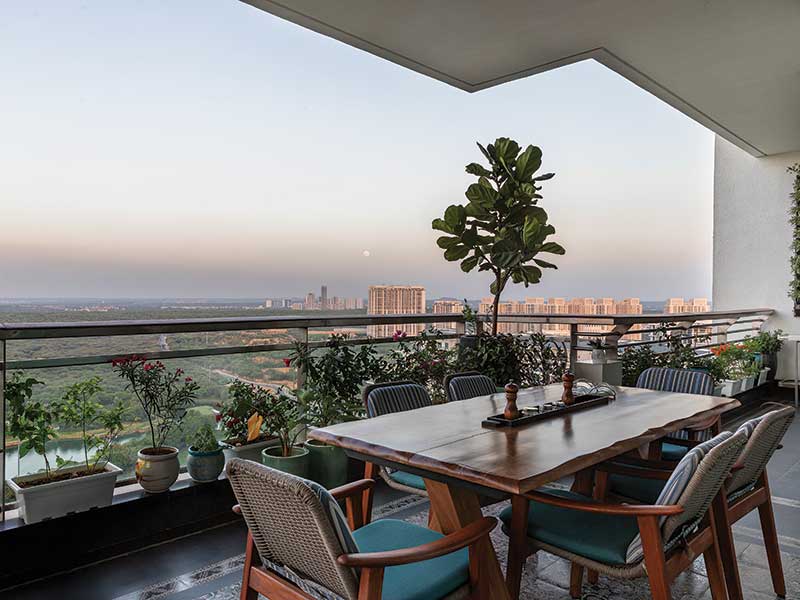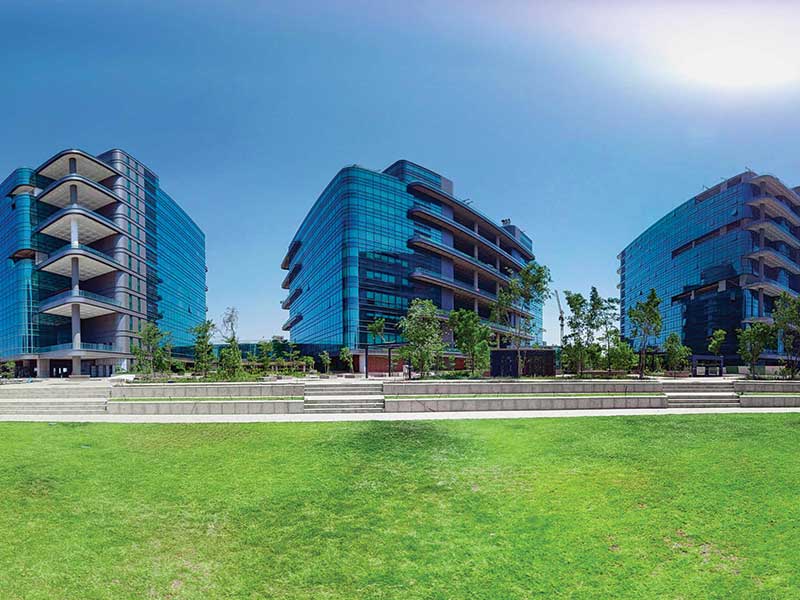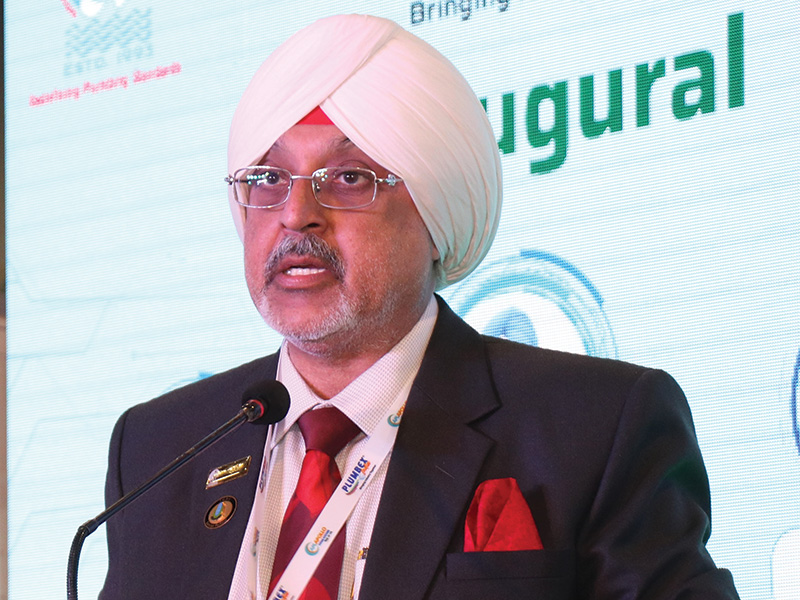George E. Ramapuram, Managing Director & Principal Architect, Earthitects
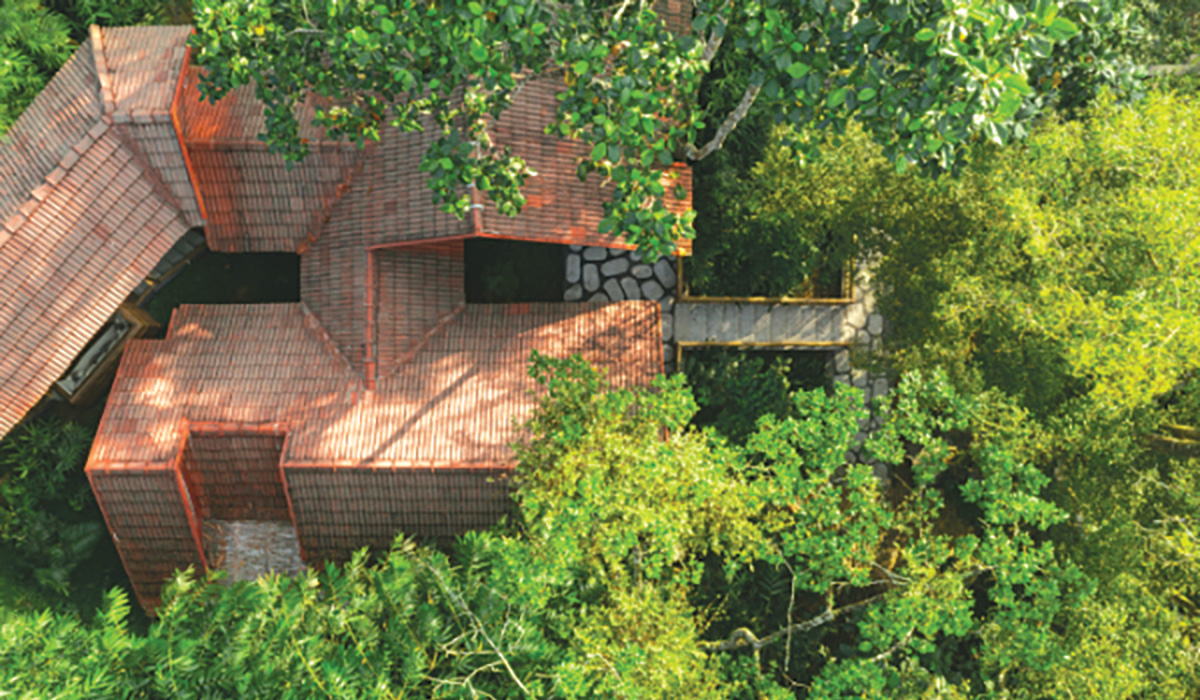
Today, there’s a powerful universal need to reconnect with nature — to live in harmony, coexist, and thrive alongside it. Many people are becoming increasingly aware of the environmental challenges like climate change, biodiversity loss, and the depletion of natural resources. This awareness has led to a greater emphasis on sustainable living practices and a desire to foster a harmonious relationship with the natural world. As more people move to urban areas, there’s a growing disconnect from nature, plus urban lifestyles can contribute to stress, mental health issues, and a sense of isolation. Reconnecting with nature is seen as a way to address these challenges and improve overall well-being.
High population density and pressure on land have led to rapid urbanisation – the Earth’s natural recharging capacity has been rendered ineffective in most current urban settings that we inhabit today. In such urban environments, the basics of ‘living’ such as clean air, adequate water, waking up to birdsong, the joy of tasting fruit fresh off the tree, or even the ability to experience a quiet moment, have become scarce. Even the birds and bees have begun to leave us. Slowly but steadily, this very urban-centric lifestyle has led most humans to have living experiences that are sub-standard not only for us but also for the natural world around us.
Experiencing ‘life in abundance’
Efforts to reconnect with nature can take various forms, including sustainable living practices, conservation efforts, eco-friendly innovations, and a broader shift in societal values. As individuals and communities continue to prioritise living in balance with nature, these efforts will contribute to a more sustainable and resilient future for the planet.With the advent of ultra-high-speed internet, the ability to work from anywhere in the world and easy access to convenience in remote locations, we can live and work from anywhere in the world as opposed to our current urban settings. Today, after the pandemic, we witness a drastic transformation in how we experience living – an uncompromising need for a balanced relationship between people, built space and Nature. We are questioning ourselves: are we experiencing life in its abundance? Are we ‘living’ to the fullest?
The demand for experiencing ‘life in abundance’ in non-urban habitats is a clear indicator of metamorphosis in living and dwellings best explained. Earthitects, rooted firmly in the core belief that ‘God is the greatest Architect and Nature the greatest design to ever exist’, has resulted in harnessing Nature to ‘facilitate life in its abundance by enabling the fullest enjoyment of God’s creations.’
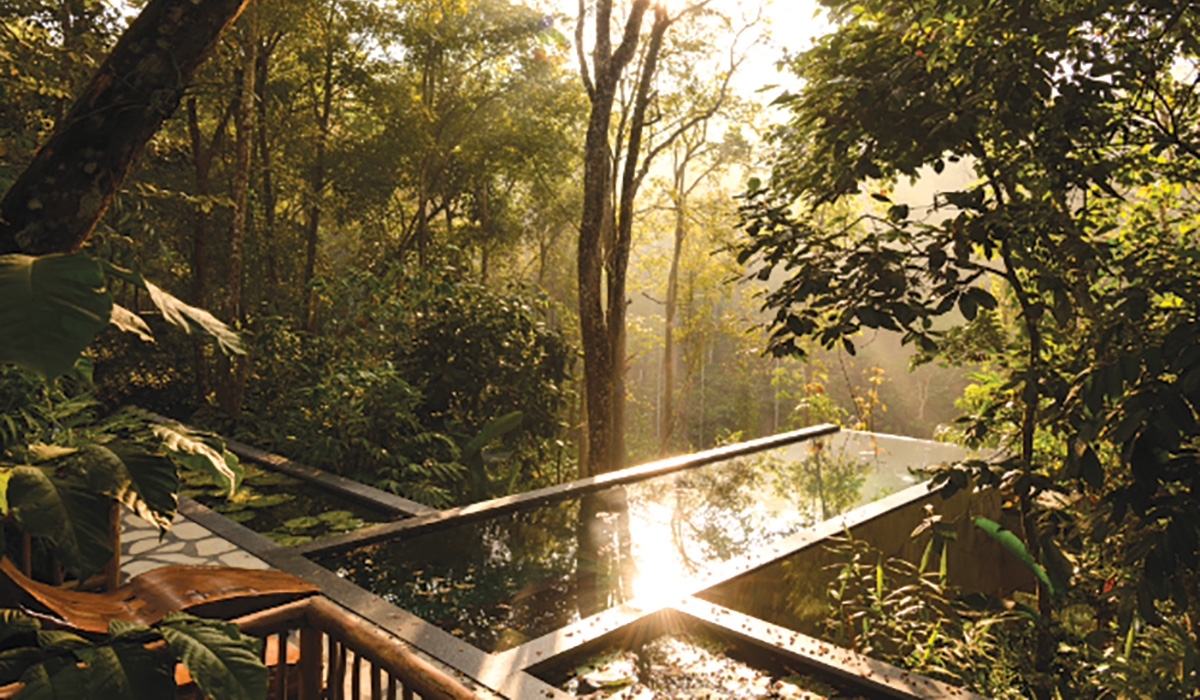
Architecture aids ‘life in abundance’
Architecture steered by Nature can change how people live by bringing the essence of the wilderness into every square foot of the space inhabited. Dwellings designed to facilitate natural life focus on employing techniques that lead to a sustainable lifestyle. They embrace the existing nature of the site, context, native trees, organic vegetable gardens, and endangered species. They design measures to absorb heat during the day and release it at night that cut down on heating and cooling costs and use native and natural materials. Also, a basic design and construction approach is to reduce the pressure on the land through rainwater harvesting and composting measures that lead to zero-waste homes. Here, the Earth’s natural recharging capacity is positive rather than equal. This way, we give back to the planet instead of taking from it. At Earthitects, designing around Nature rather than ‘on’ signifies pure luxury.Architects and designers, inspired by the principles of ‘Reverse Urbanization,’ are reshaping living spaces to harmonise with nature rather than encroach upon it. This approach involves sustainable practices, embracing local ecosystems, and incorporating natural elements into design. The result is a blend of luxury and responsibility, where architecture meets human needs and contributes positively to the environment.
George E. Ramapuram
Is Nature a Luxury for humans?
One such eco-luxury design story is of Stone Lodges in Wayanad, a cluster of 15 Private Residences inspired by ‘Reverse Urbanization’ and the native hilly architecture, that addresses the need for a strong balance between people, spaces and Nature. Wayanad demonstrates slow living in harmony with native birds and trees, zero noise, light and air pollution, all while being in proximity to basic conveniences of a town, be it restaurants or the high-speed internet.The Private Residences are designed in large parcels of land to enhance the land’s natural terrain, leaving existing boulders, trees and other natural features on the site completely undisturbed. In other words, when a building comes in the way of a tree or boulder, the design is altered to go around the existing structure and accommodate it to be a part of the natural design, hence, the magical experience of a tree right within the residence.
No fully grown trees are cut on the site; trees used in construction are responsibly sourced from managed plantations/mills where replanting and conservation efforts are in place, along with reclaimed wood and wood from fallen trees. Wood is a renewable resource with a lower carbon footprint than other modern construction materials. In addition, renewable materials like clay roofing tiles and eucalyptus poles form the supports, native to Wayanadian architecture. Stone walls are more sustainable and last longer, when compared with concrete. The greenery and local materials used at the forest site maintain the interior temperature between 16°C-26°C, a stark difference from the sweltering central city of Wayanad.
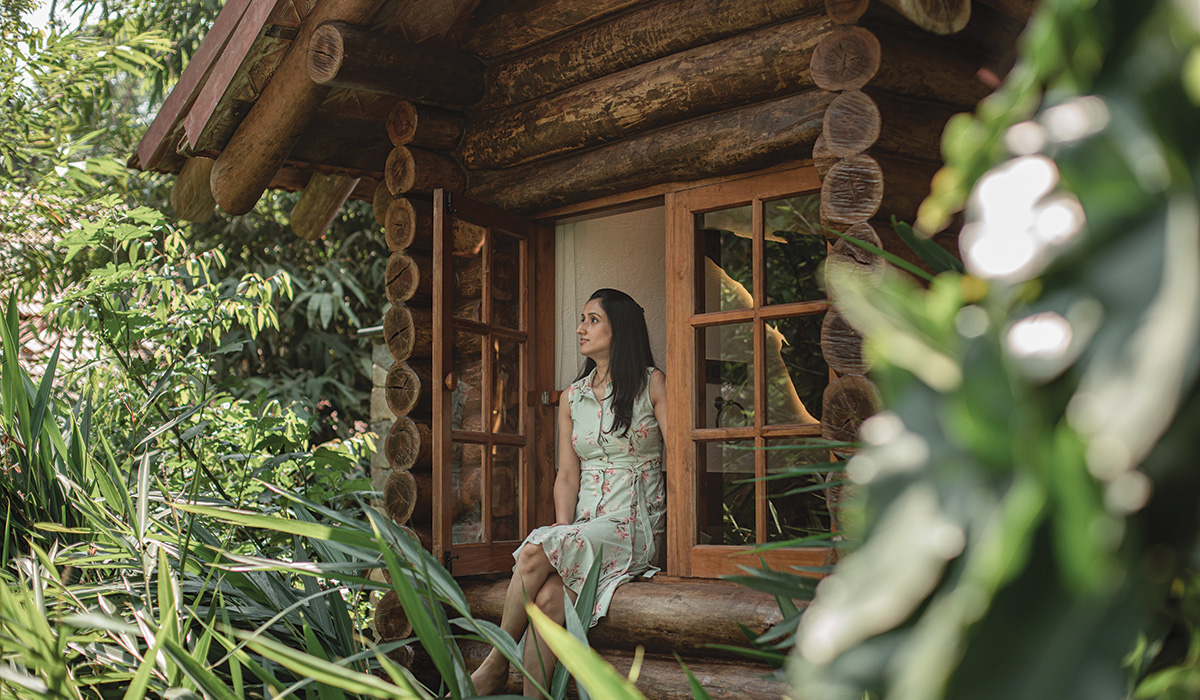
Early Bird to ‘Reverse Urbanization’
Wayanad is home to more than 118 species of endemic birds. The introduction of prolific fruit trees and birdbaths - the lily ponds surrounding the deck, invite them to coexist with humans. With the break of dawn, the chirping of birds adds vibrancy and joy to the surroundings. Some birds spotted at Stone Lodges are the crimson-fronted Barbet, Malabar Hornbill, White-cheeked Barbet, Orange Minivet, Red-whiskered Bulbul, Blue-capped Rock Thrush, Grey Wagtail, White-browed Wagtail, etc.In the future, the ideology of ‘Reverse Urbanization’ will lead to environmentally responsible investments. Living in the wilderness will be the new definition of luxury.





